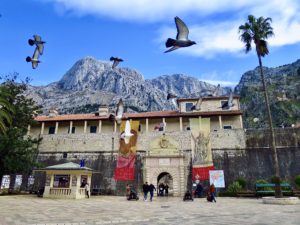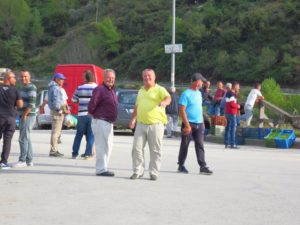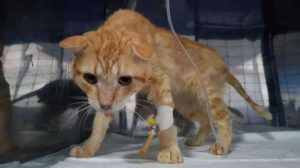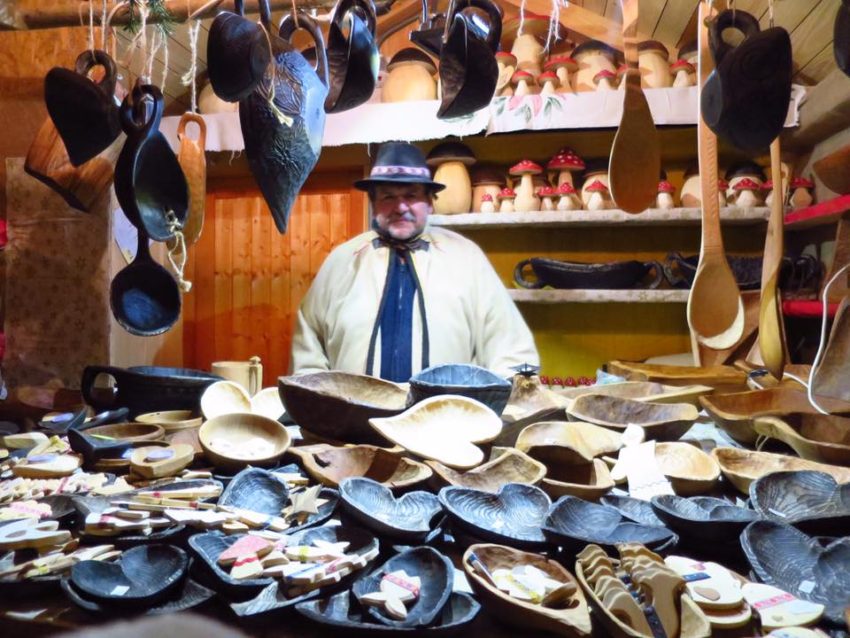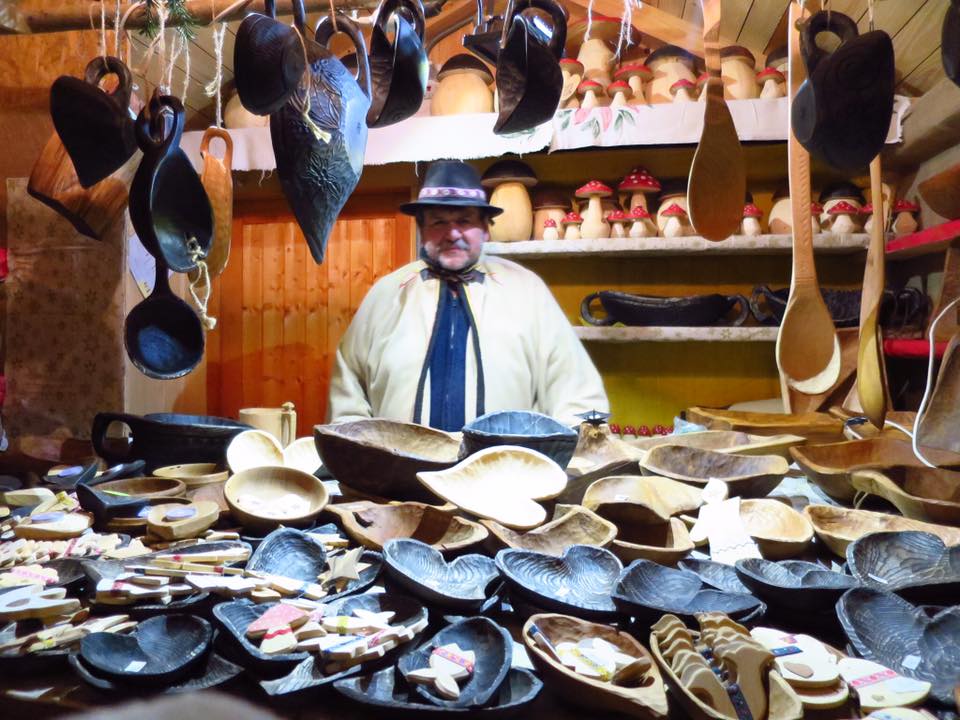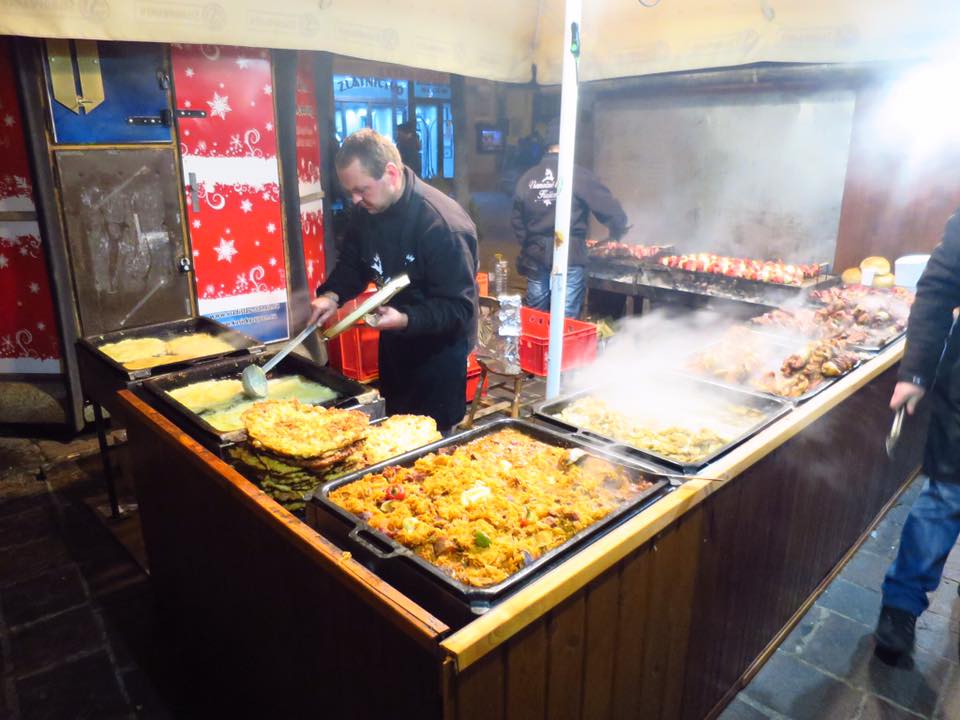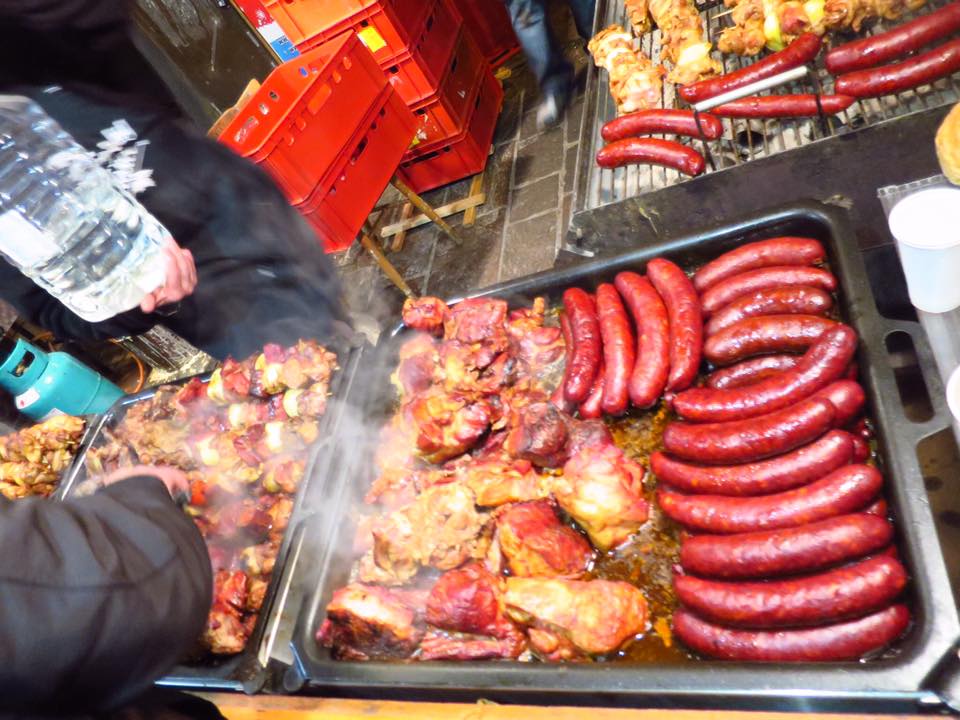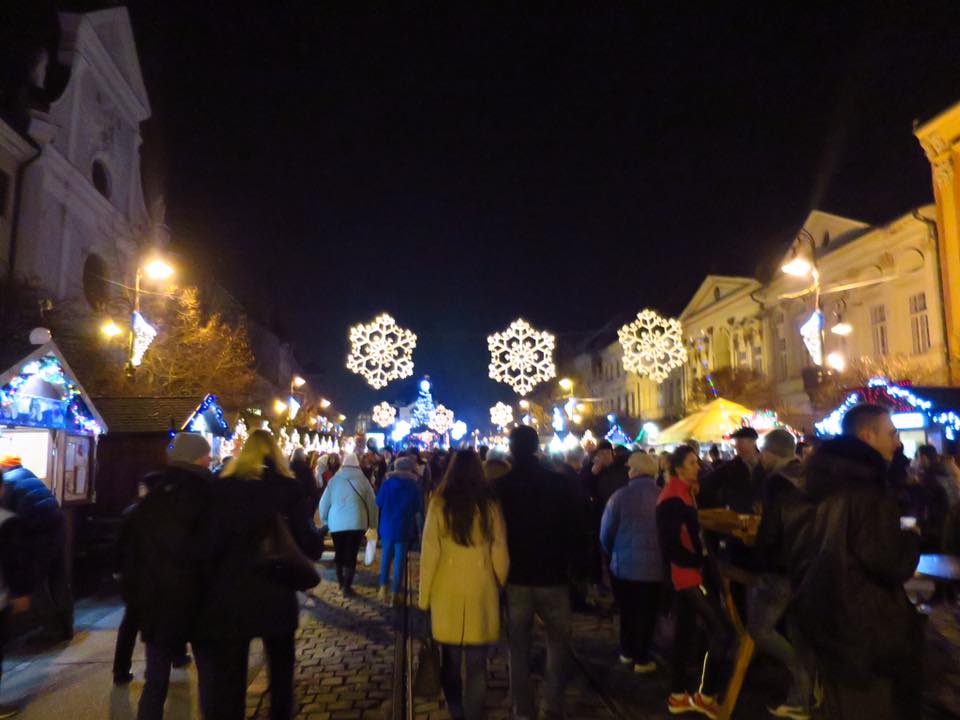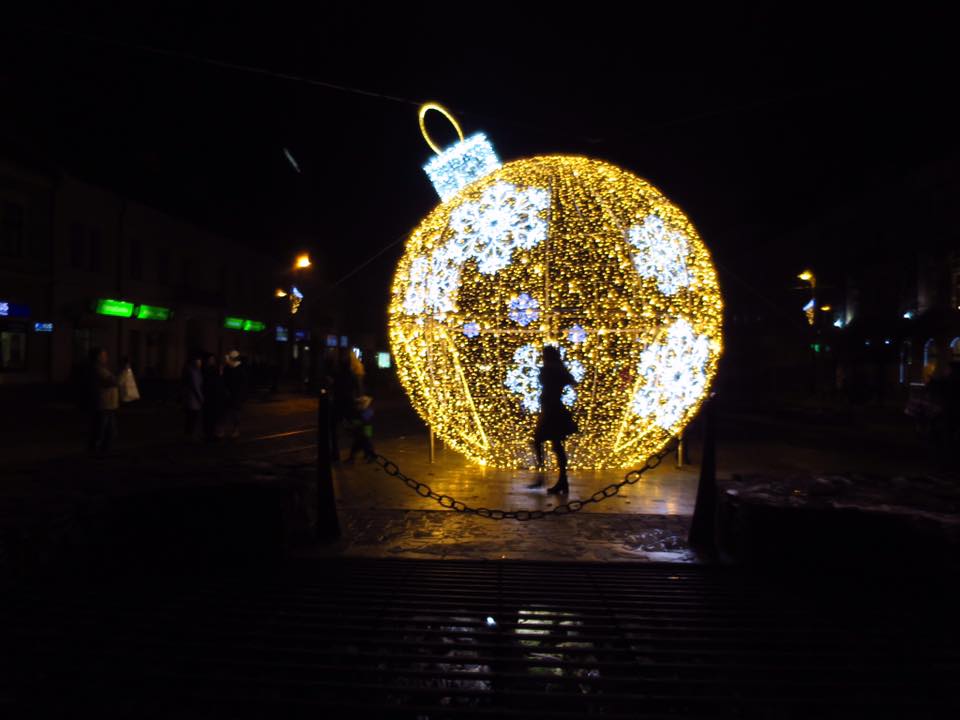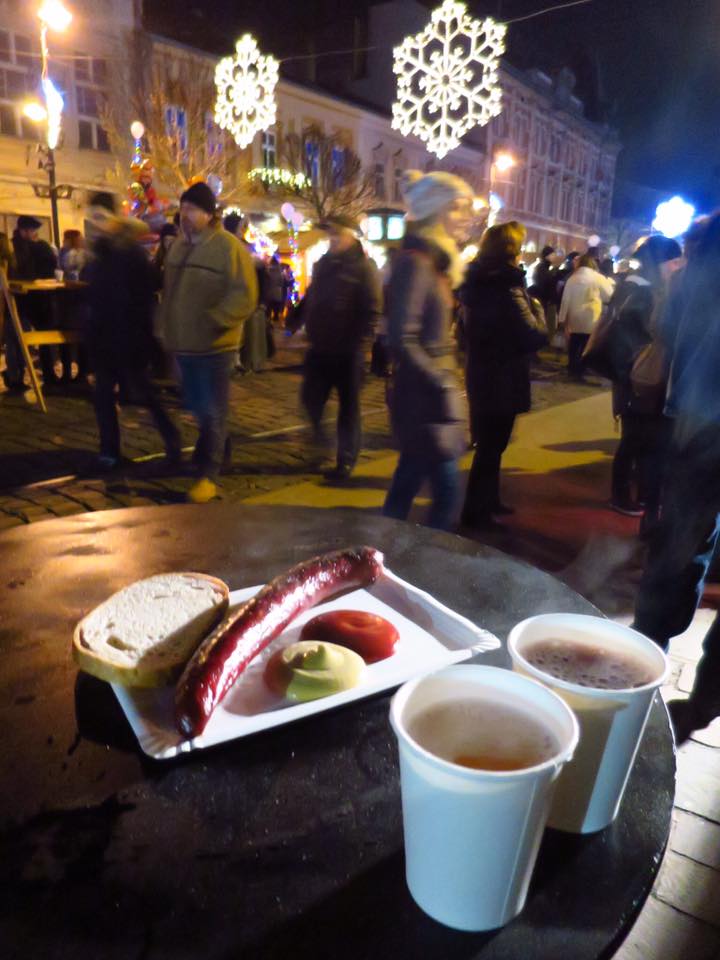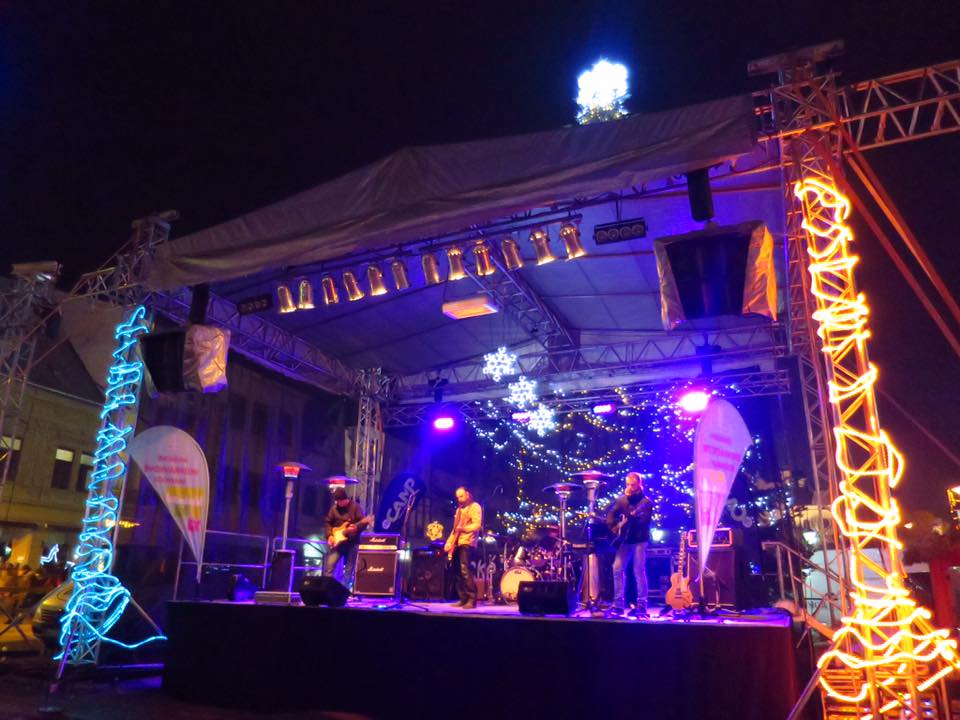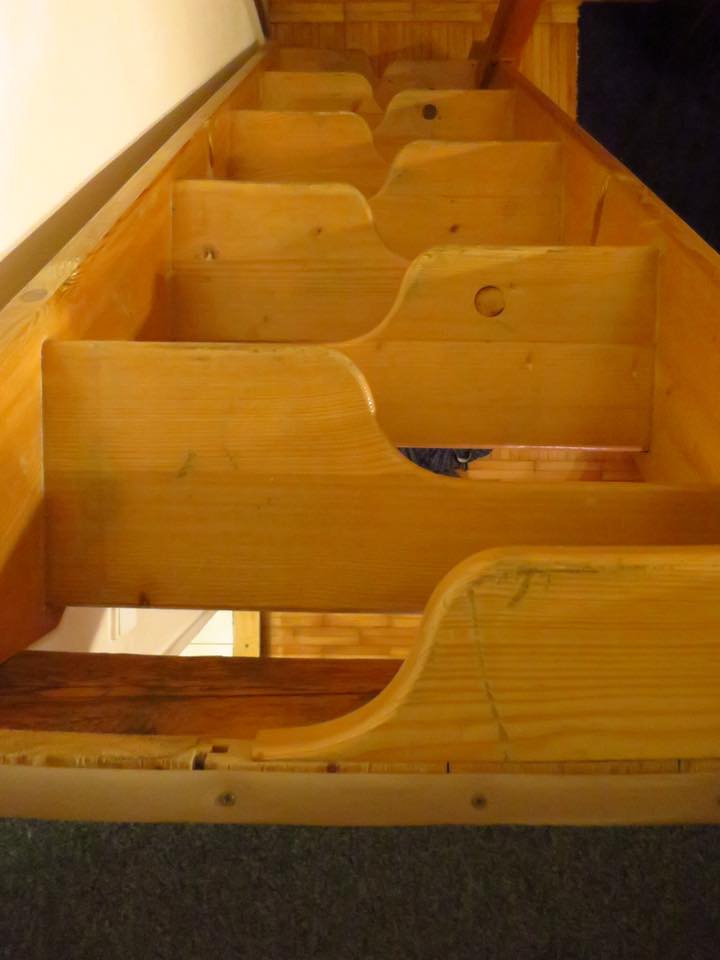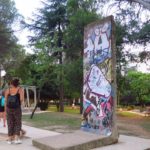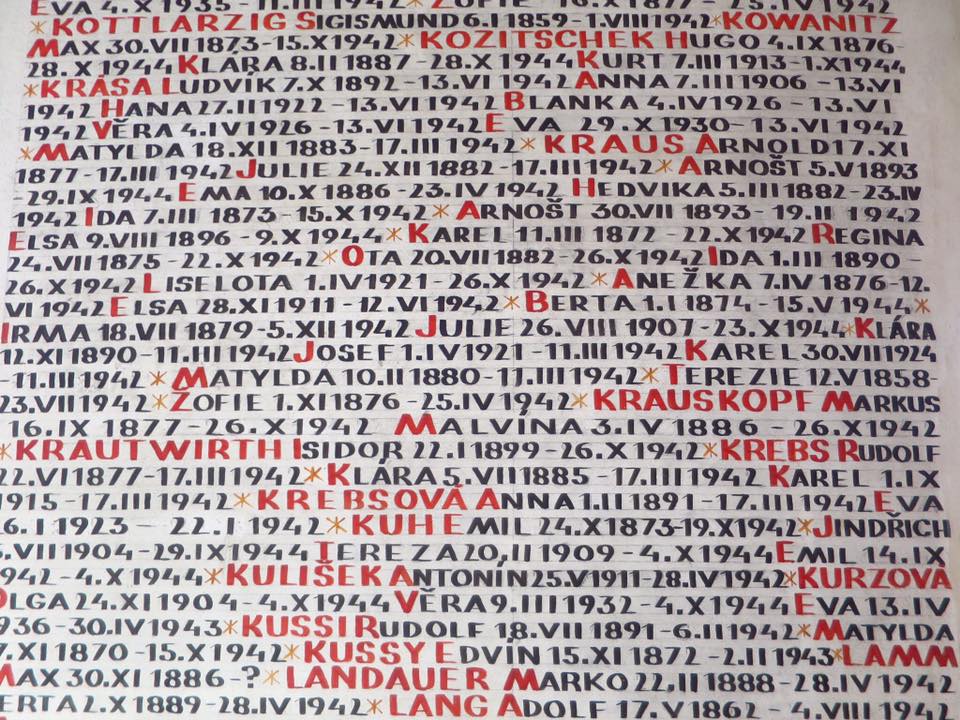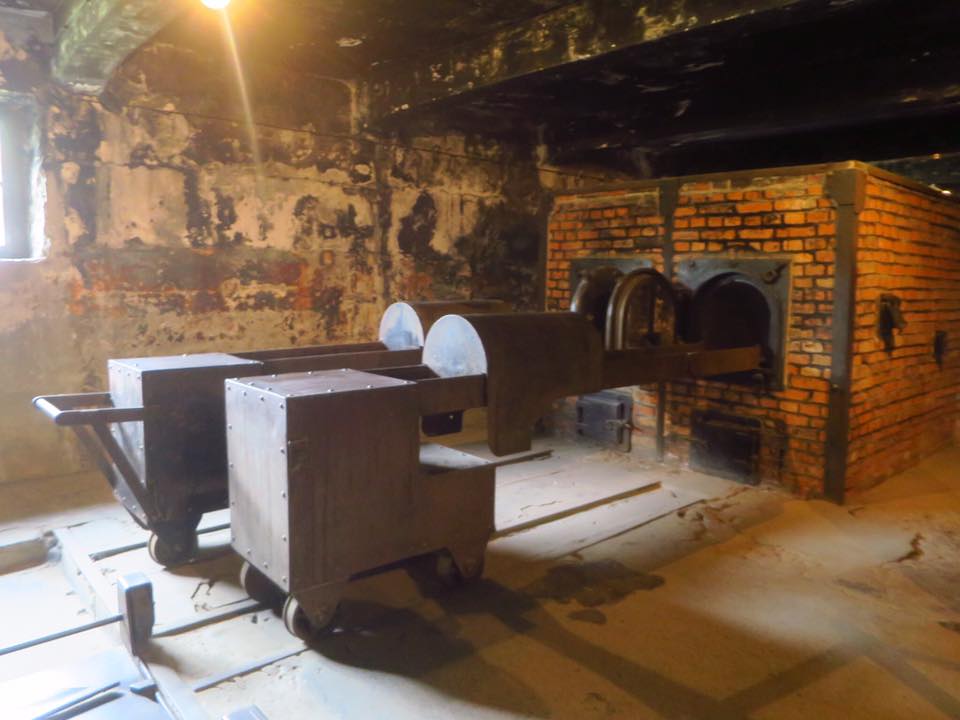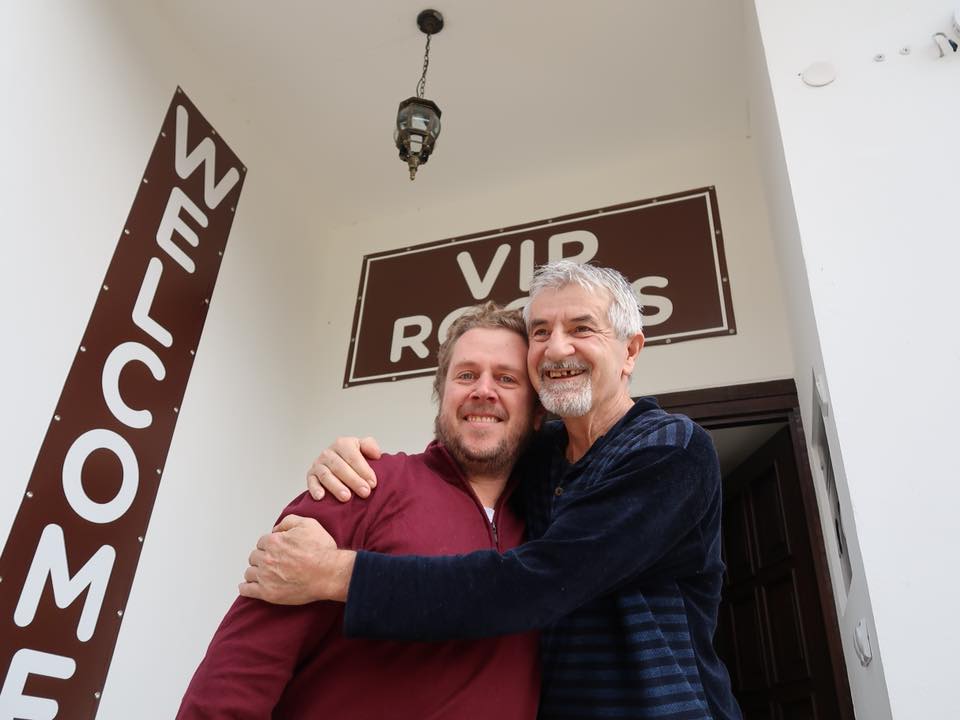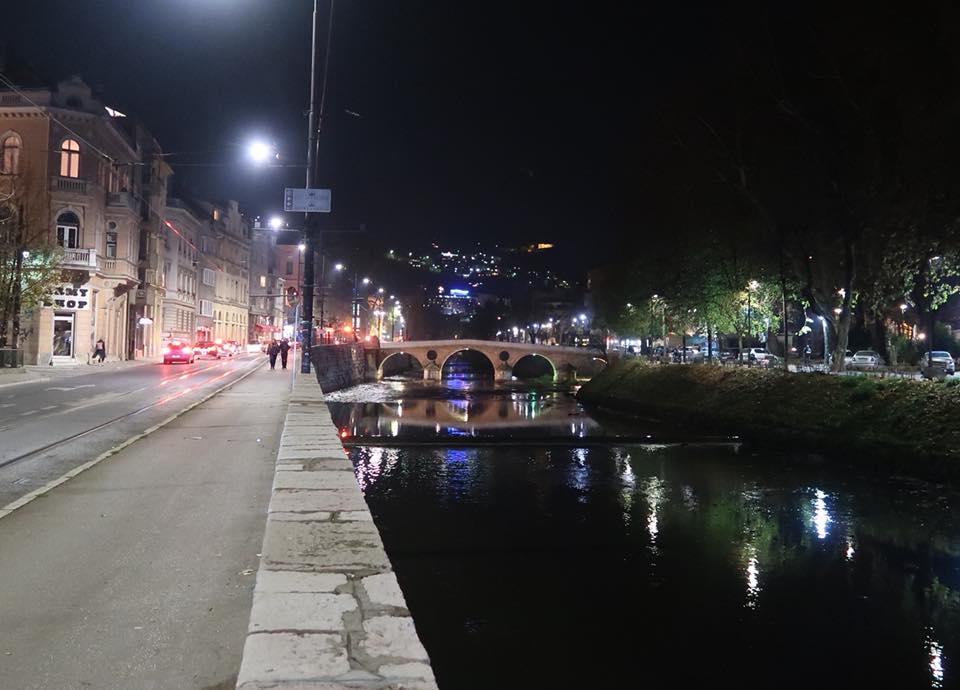United, Divided, Reunited
Remember a country called Czechoslovakia? It was formed after WWI (1918) when the Austro-Hungarian Empire collapsed. It’s a marriage of the “Czech Lands” and “Slovakia”. At the beginning of WWII, Slovakia was afraid that the federal government could not protect it, and declared independence. Under the leadership of Father Tiso, Slovakia allowed German troops to enter the country, and fought in WWII as Germany’s ally. It sent about 70,000 Slovak Jews and “undesirables” to concentration camps. After WWII, Tiso was hanged, and Czechoslovakia reunited as a communist country under heavy influence from the Soviet Union.
Velvet Revolution
In 1989, when Central and Eastern Europe were revolting against communism, when the Berlin Wall fell, Czechoslovakia had the Velvet Revolution between November 17 and December 29. It was a non-violent revolution mostly by students in Prague, and spread throughout the country. President Gustáv Husák from the Communist Party resigned. The activist playwright Václav Havel became President. Within months, the 500,000 Soviet troops in Czechoslovakia left.
Velvet Divorce
During the communist era, the Czech Lands fared better than Slovakia which was largely agricultural and was responsible for weapons manufacturing. The new federal government made slow progress in privatizing and modernizing the economy especially in Slovakia. Finally, on January 1st, 1993, Czechoslovakia had a Velvet Divorce, and now live separately as Czech Republic and Slovakia.
Kosice, Slovakia
We are in Kosice, the second largest city in Slovakia. In a few days, we’ll visit the capital city, Bratislava. The Kosice Christmas Market is very lively. Yesterday, I forgot to post a photo of the unusual stairs in the loft (see photo). I’m glad we’re sleeping downstairs. I would probably fall when I go to the bathroom in the middle of the night.
